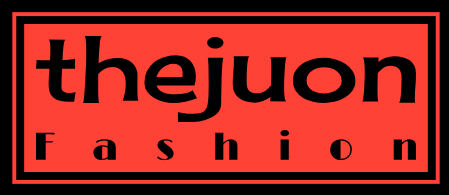How to Read the Nutrition Label and Ingredients List
Learning to read the nutrition label and ingredients list before purchasing and eating food is half the battle when you’re attempting to make healthier choices. Although food manufacturers may try to trick you with advertisements, the nutrition label and ingredients list are highly regulated so it’s important that you’re able to decipher them effectively.
Nutrition Label
Serving Size
Looking at the suggested serving size is extremely important for portion control. Although how many grams or ounces a particular serving contains probably isn’t helpful, looking at how many servings per container can help ensure you’re not overeating.
Calories
I’m not a fan of counting calories just for the sake of counting calories, but there is some useful information on this line of the nutrition label: calories from fat. It’s usually a good idea to limit the calories from fat to about 1/3 of the total calories, though there are exceptions to this rule (nuts, for example, are extremely good options for dieters despite their high fat content).
Breakdown of Fat, Cholesterol, Sodium, Carbohydrates, and Protein
There is some useful information to know about the breakdown of nutrients. Under the fat section, you can see how much of the fat is from trans-fat (which is far less common than it used to be but you should still be on the look-out), saturated fat, and healthier polyunsaturated and monounsaturated fat.
You can also see how many of the carbs are from sugar in the breakdown of carbohydrates. Generally speaking, opt for foods that are high in fiber and low in sugar for higher quality carbohydrates.
The percentages on the right are your suggested daily value for a 2000 calorie diet – you’ll need to adjust if you’re eating more or fewer than 2000 calories. These percentages are extremely useful for things like sodium and cholesterol which are measured in milligrams. (Do you know if something with 80mg of sodium is a lot? How about 80mg of cholesterol? That’s why the percentages are useful!)
Ingredients List
Even if you’re comfortable with reading the nutrition label, it’s still important to see where these nutrients are coming from by looking at the ingredients list. Ingredients are always listed from most abundant to least abundant, so the first several ingredients listed are the most important.
You should also look at the quality of ingredients by following these general rules:
Added fiber (often in the form of “chicory root fiber”) is not as good as fiber found naturally in whole grains, fruits and vegetables.
Soy protein is not as good as whey or casein protein (most common in protein bars and cereals).
Shorter lists of ingredients are better than longer lists. This is useful when you’re comparing two brands.
Ingredients that you can pronounce are better than ingredients that look like they’re written in a foreign language. This is also useful for comparing different brands.
